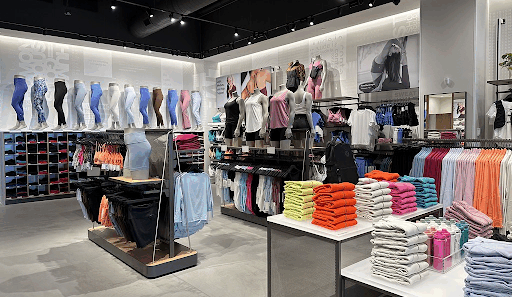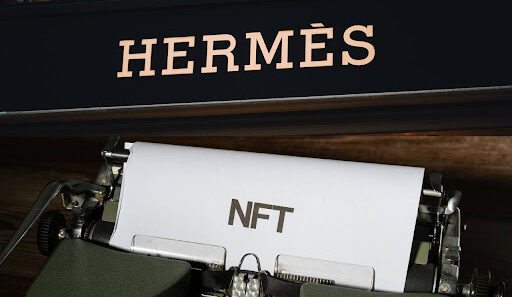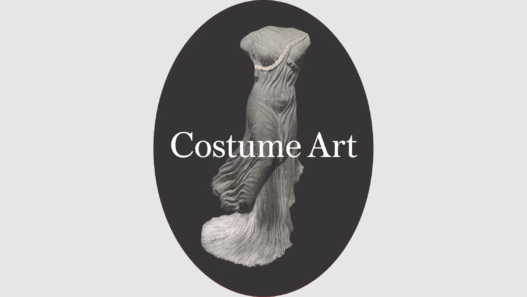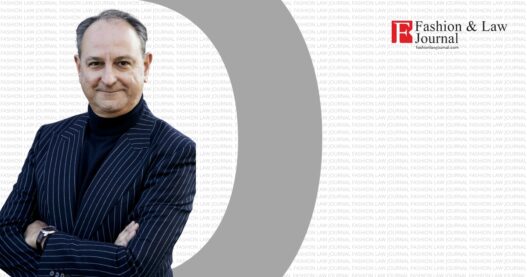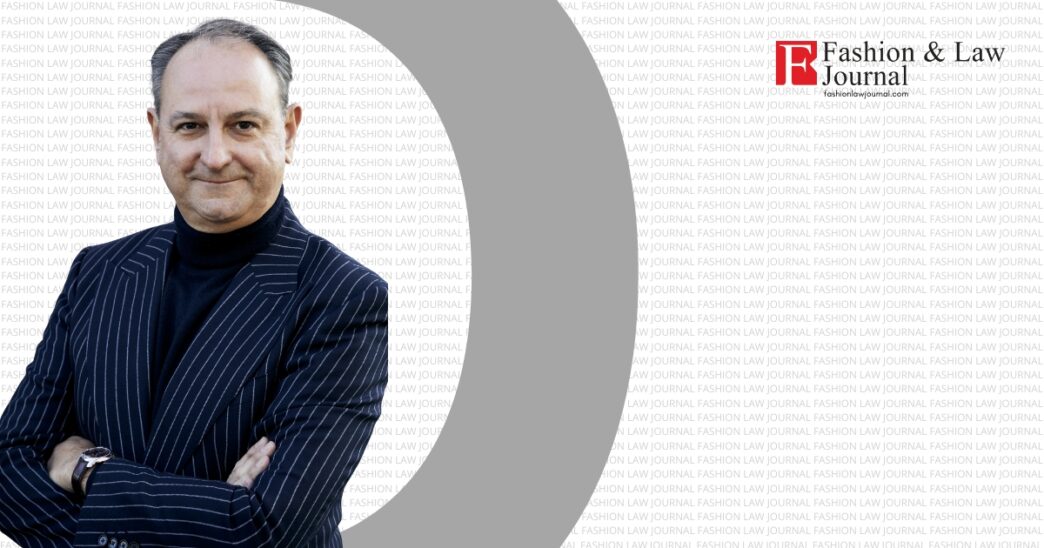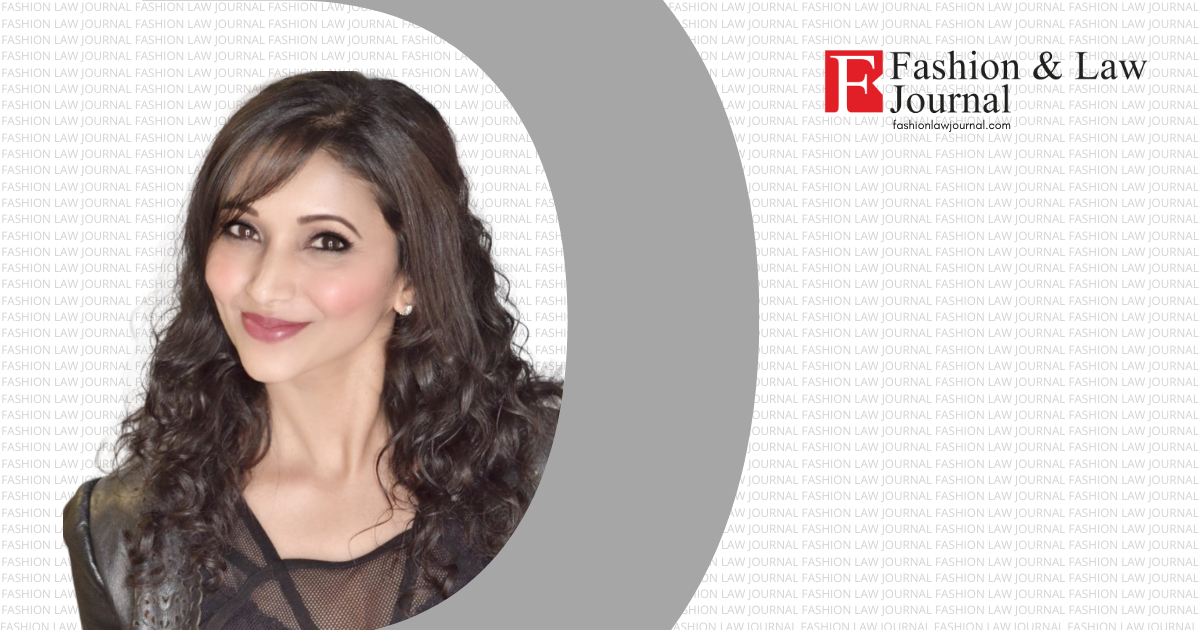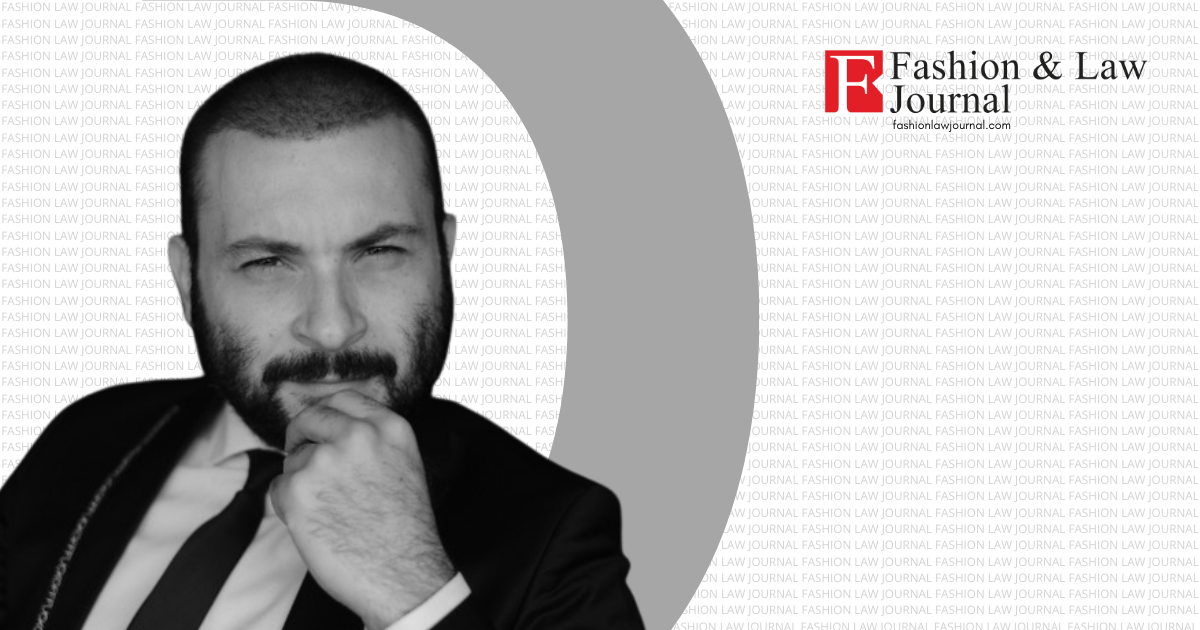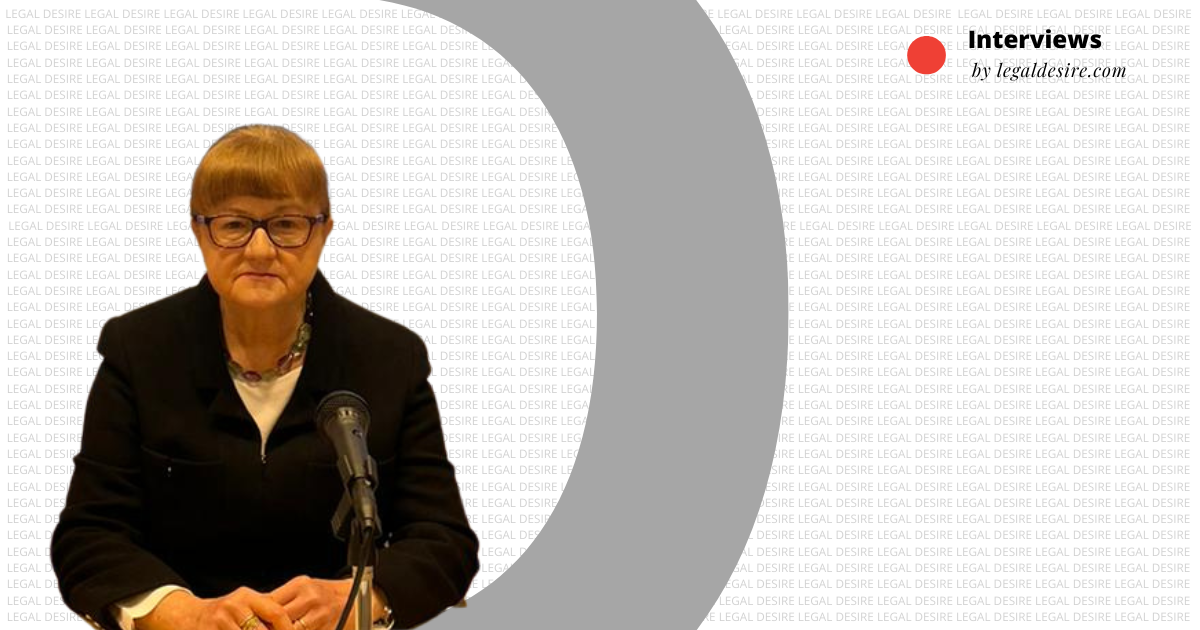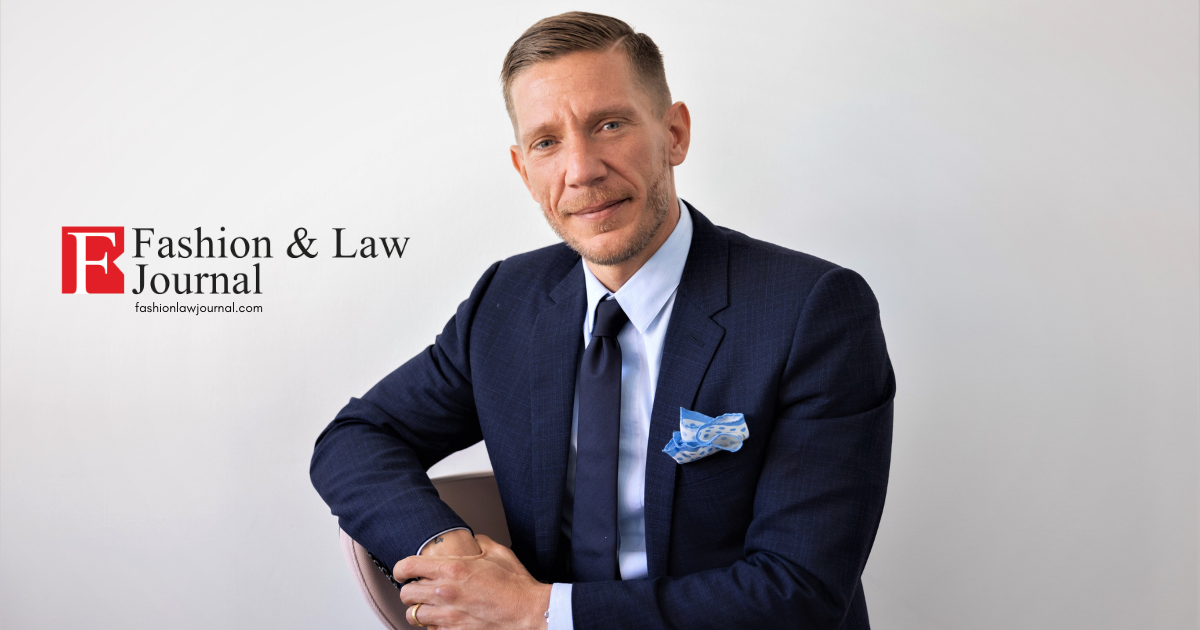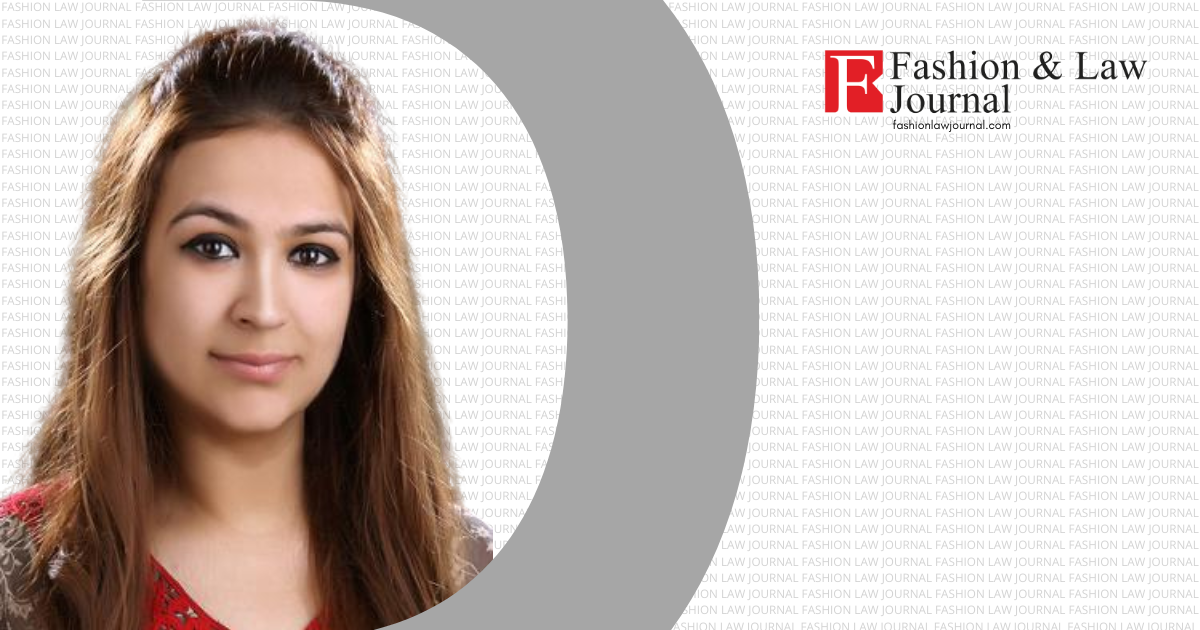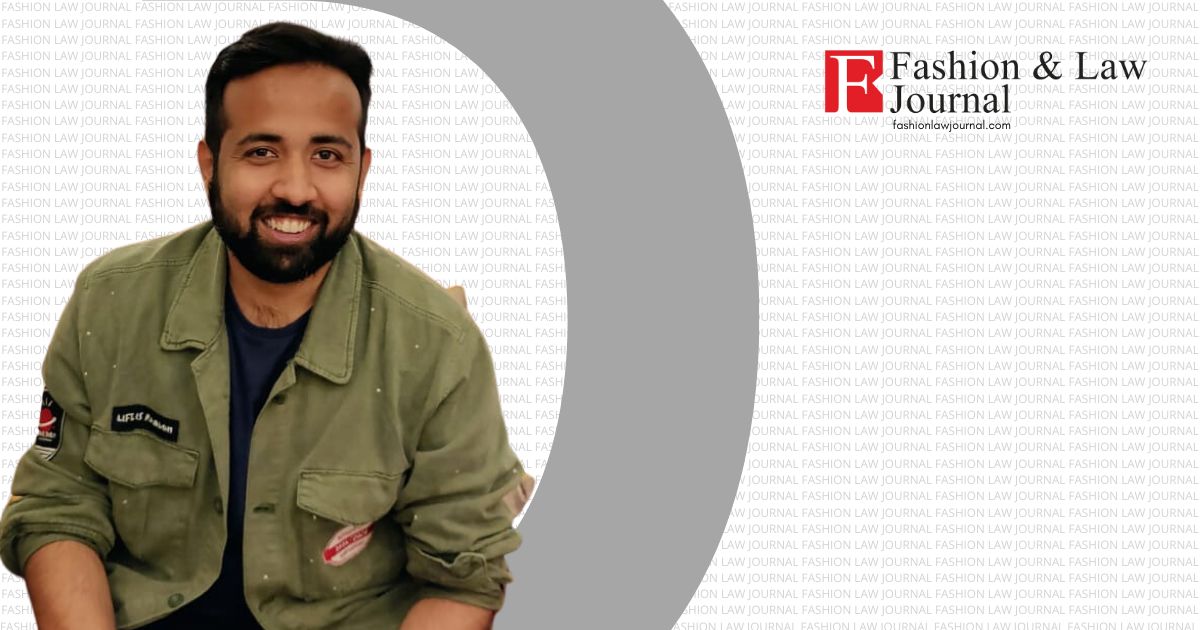Dolce & Gabbana’s recent exploration of heritage came to life in Alta Moda 2025 collection. Inspired by the Roman empire and heritage the pieces allowed wearers to carry a fragment of Roman legacy – both symbolically and sartorially. A striking reminder that cultural heritage continues to shape powerful fashion narratives. As brands navigate the intricate complexities of aligning legal frameworks with business’s vision, Radha Khera, Editorial Board Member at Fashion Law Journal spoke with Mr. Fabrizio Caretta, Chief Legal, Corporate and Compliance Officer at Dolce & Gabbana Group, to gain insights into his experience and perspective within the evolving domain of Fashion Law.
Fabrizio Caretta is an Italian lawyer, graduated in law in Turin, where he passed the admission exam to be Admitted to the Bar and started his career as a lawyer. Since January 2017 he is the Chief Legal, Corporate & Compliance Officer director of the Dolce & Gabbana Group. Previously, he served for nearly 17 years within the Prada Group in various roles, eventually becoming the Legal Affairs Director. He began his corporate career in Fila Sport. Fabrizio regularly teaches fashion law at prestigious institutions such as the Luiss Business School in Rome and writes articles for renowned legal journals; recently, he contributed a chapter to the book Fashion & Law, current trends and new challenges by Professor Angel Del Vecchio. He regularly participates as a speaker at conferences on fashion law and new technologies. He has received numerous awards for his work, most recently the In-House Counsel of the Year award in 2023 for the categories Fashion, Design & Luxury.
Radha Khera, is a qualified fashion lawyer having completed her second level Masters in Fashion Law from LUISS Guido Carli, Rome. She is currently practising as a Fashion & Luxury Law Attorney at Remfry & Sagar, India.
Read the interview here:
You’ve worked with several renowned brands throughout your career. How has your legal background shaped your experience in the fashion industry?
I started my career as a lawyer in a law firm. I was lucky enough to assist some companies in the sporting goods and luxury business. One day I received a call from one of the clients, Fila Sport, that at the time was one of the biggest players in the sporting goods industry asking me to join them in the legal department; I did. And from that day I never looked back at private practice. After Fila, where my title was Italy and International Counsel, I joined the Prada Group as Legal Department Director for almost 17 years and I am now, since 8 years, the Chief Legal & compliance Director of Dolce & Gabbana Group.
Of course, working since all these years in this environment helped me know deeply, the production and distribution processes, license agreements, real estate, intellectual property issues and many other aspects. At the same time, since most part of these companies are still privately owned or in any case still managed by the founders, I worked with CEOs on a day-to-day basis, allowing a very well nuances understanding of the business. Afterall, at the end, the real secret of our job, is to enable the company to evaluate the legal risk and to adapt all measures to mitigate it and find the right solutions to reach the goals of the CEO without running risks.
In-house counsel often face the challenge of balancing legal compliance with advancing business objectives. In a fast-paced industry like fashion, how do you strike that balance, and how do you collaborate with departments such as production, marketing and retail?
This answer is strictly linked to the preceding one. Our business is really fast, as you correctly said, and our aim is always to prevent problems so we need to be aware of and ascertain potential issues much in advance. For example, years ago, in 2018, our style department decided to promote a new bag. They were convinced that it would have been a huge success and that this bag had to be advertised and exhibited differently. So they decided to avoid putting the bag in the hands of the models during the catwalk (as is usual) but rather decided to fly drones on the catwalk bringing those bags. If you take a look on the internet you will surely find such catwalk, it was on all the press. As you can imagine we immediately had to figure out the potential legal risks to fly drones in a closed space, with people in attendance few meters from the catwalk …….
At the end we were able to have enough legal grounds to provide an opinion to the relevant offices and the catwalk took place. Finally, that night we slept well…….
ESG considerations have come to the forefront in recent years. With growing pressure to reduce fashion’s environmental footprint, how have you navigated these challenges from a legal perspective?
ESG is of paramount importance today. The legal department cooperates with the ESG team providing opinions and writing procedures. We have been actively involved in the incorporation of the Re:Crea consortium: a consortium founded by 6 of the most important fashion groups in Italy (besides Dolce & Gabbana, Prada, Moncler, Ermenegildo Zegna, OTB Group and Max Mara) with the aim of improving the circular economy, the recycling of old products and, more in general, to find new ways to increase the activity of those companies in the environmental issues.
The role of in-house counsel increasingly blends legal expertise with strategic business insight. What emerging legal trends do you see shaping the future of in-house legal roles, particularly in the fashion sector?
I do not want to repeat myself but in this sector a lawyer should be very creative; not always it is easy to translate in legal documents the will of the CEOs without avoiding legal issues; we must be very firm in convincing our CEO about the opportunity to do or not do something. And to be able to convince them, we must show a very deep legal background but also strong management skills.
What advice would you offer young lawyers preparing to enter a legal landscape that’s rapidly evolving with technological, environmental, and cultural shifts?
New colleagues must, in addition to the normal skills of an in-house lawyer, dedicate a lot of attention to new technologies. I believe that there will be no more room for lawyers who are not able to manage AI, blockchain and all the other new tools.
Dolce & Gabbana operates globally, across diverse legal and cultural landscapes. How has your experience been managing cross-border legal issues and adapting to different regulatory environments?
It is not only a matter of regulatory environments. It is more a cultural issue. Discussing the same license agreement can be very much different in US or in Japan. Our skills must enable us to interpret our role differently adapting ourselves to different cultures, approaches, way of thinking. But, on the other hand, it is one of the things I love most in my job, the possibility to meet people from every part of the world, to keep in touch with different cultures, mindsets and so on.
Collaborations and licensing agreements are central to luxury branding. What are your key considerations when negotiating such agreements to ensure both legal soundness and brand integrity?
It is very difficult to provide a recipe. Probably every brand has its own. The only big license of Dolce & Gabbana is related to eyewear and Essilux is our partner since so many years that I do not even remember when it started. Coming to our collaborations in terms of co-branding we are always choosing Italian brands with heritage, like Bialetti for coffee machines, Donnafugata for wines, Fiasconaro for panettoni…..just to give some examples
Counterfeiting remains a major challenge for luxury brands. Could you share your approach to combating counterfeits, particularly in markets like India?
In Dolce & Gabbana we are quite lucky because for us, compared to others, counterfeit do not represent a major issue. Being mostly an apparel producer and changing collections very often, our products represent a challenge for counterfeitors that would be obliged to invest a lot of money to stay up to date vis-a-vis our collections.
How would you describe your experience whilst dealing with Indian legal market?
Unfortunately I do not have a wide experience with the Indian legal market since the companies I worked for did not enter very deeply in the Indian market yet but I am sure that in the next years I will have the opportunity to approach the Indian legal market as well
What guidance would you offer professionals aspiring to build a career in fashion law?
First of all they should have a strong legal background; then they should try to get possibly a master in Fashion Law and they should have a very flexible approach in terms of soft skills. Working in this industry implies the fact that rarely you will be able to do what you planned the day before, there is always something new going on and you should be able to change your approach and your tasks according to the needs coming day by day. But, I promise, you will never get bored.
Share feedbacks to fa*****@*********re.com, Follow @fashionlawjournal on instagram for exclusive content.



